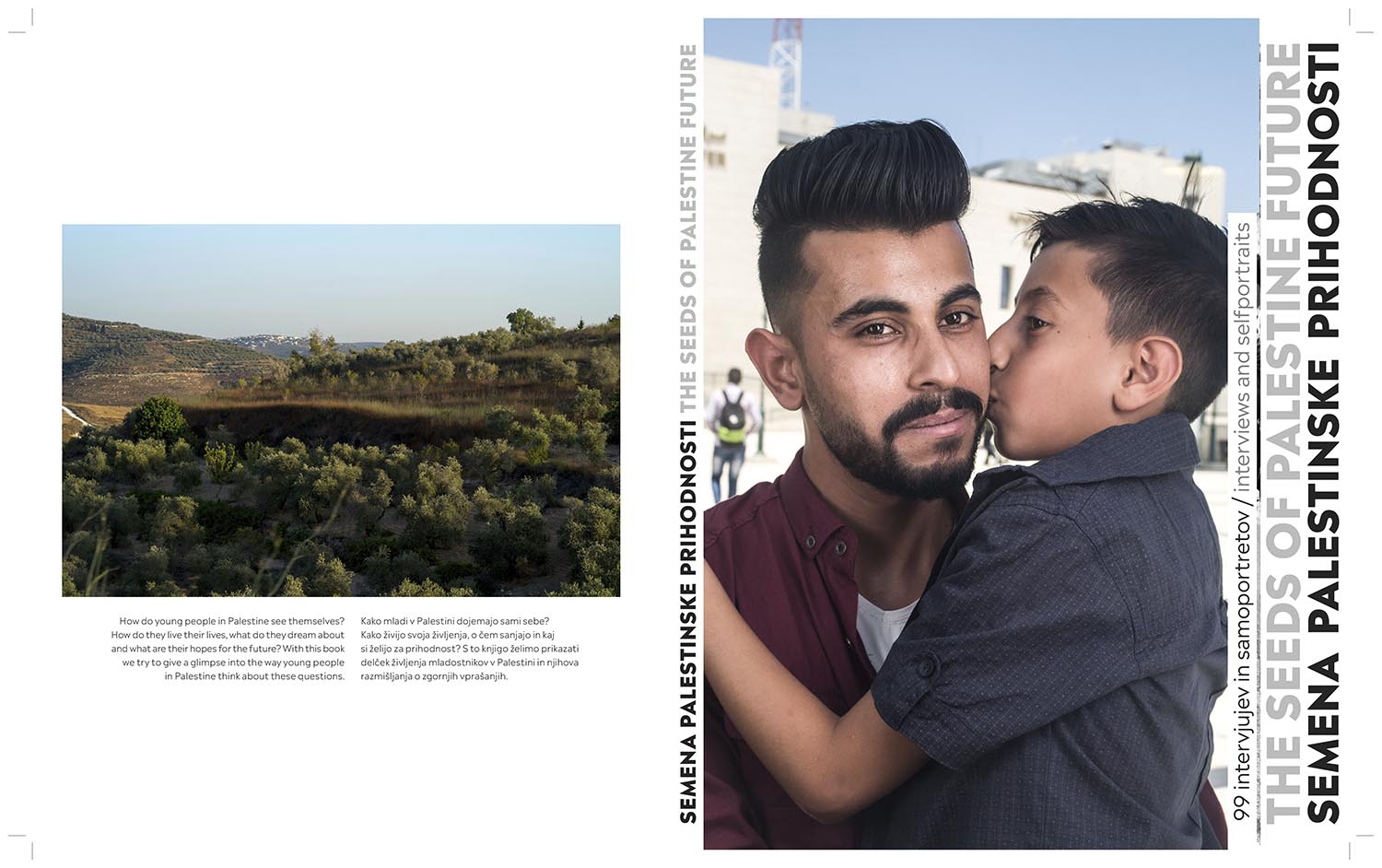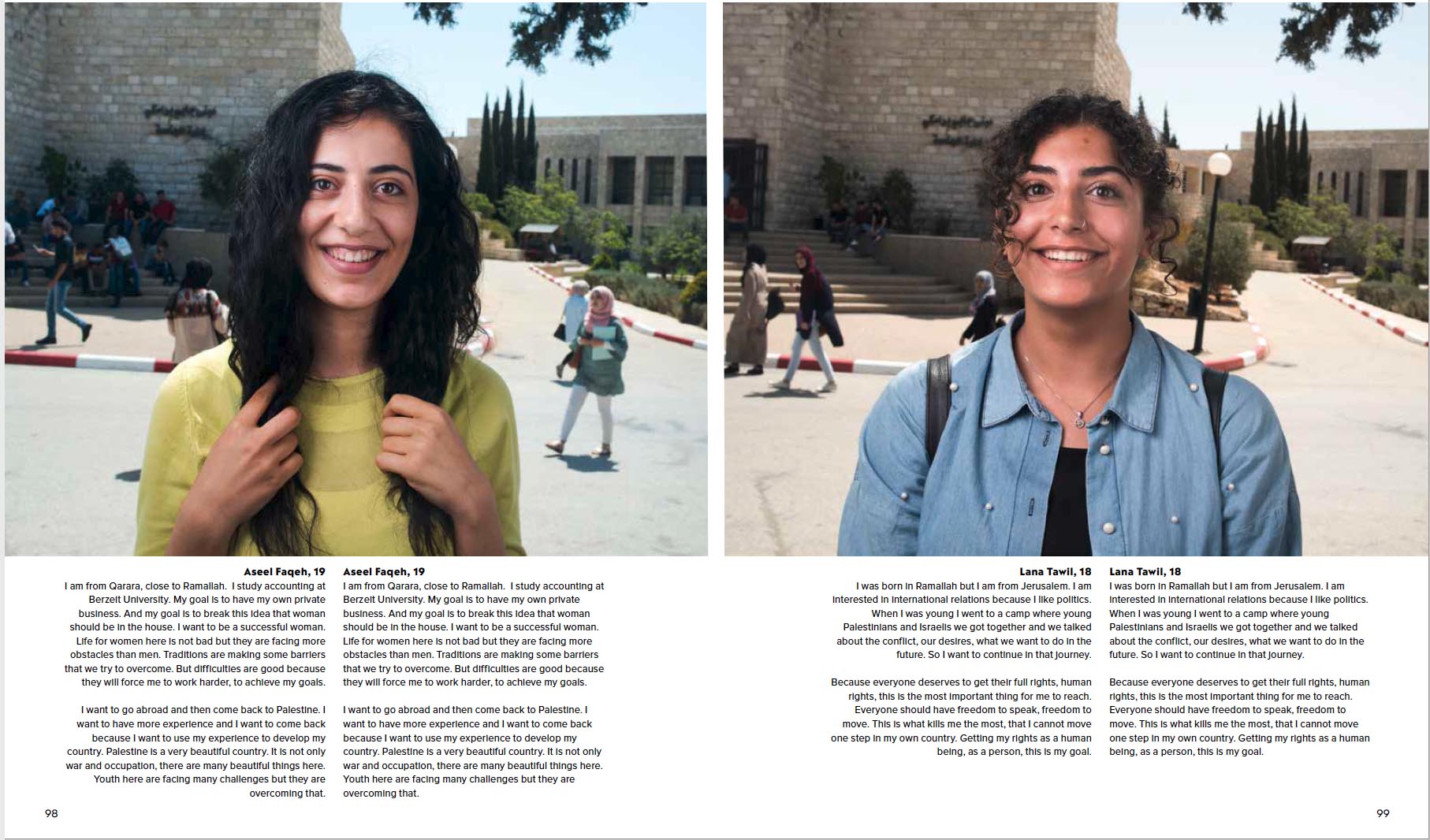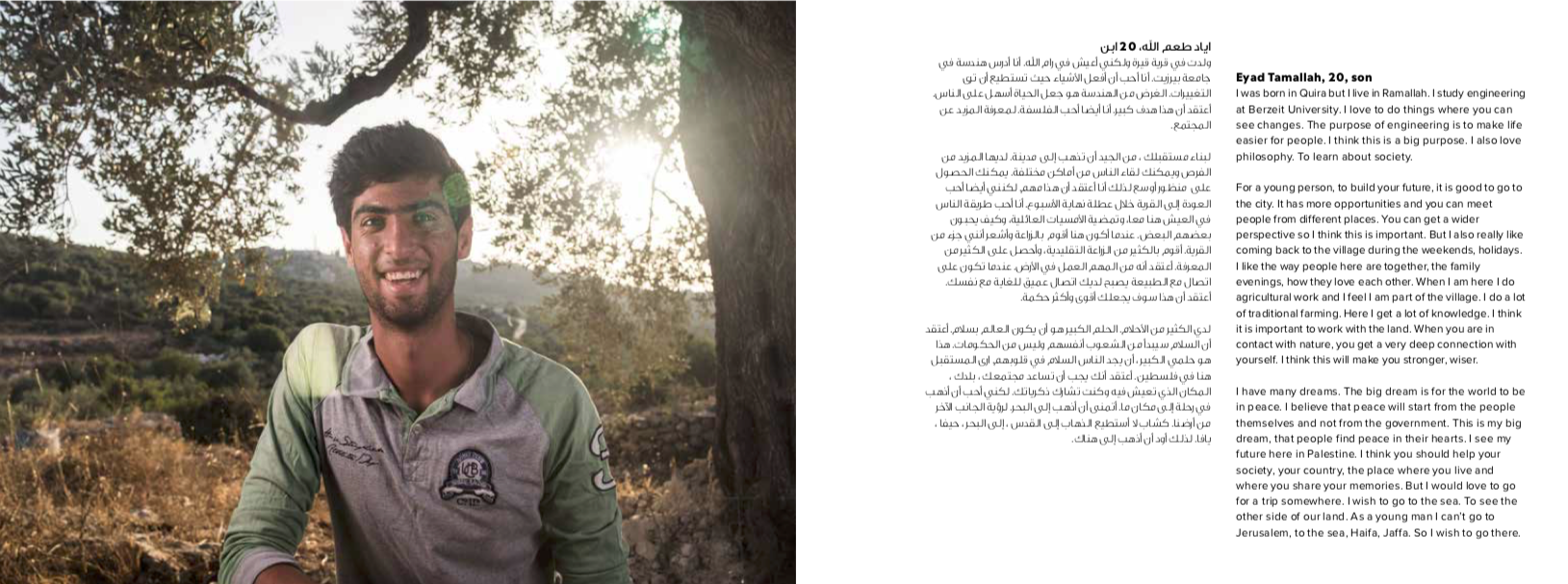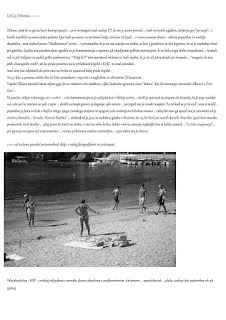After the MED project was on the paper a true need to do a basic research trip came up …
On the base of previous projects in Mediterranean – Adriatic sea, on the Croatian coast and in Venice lagoon, also “coming from the sea”, approaching the land on the boat, interacting with people and land, documenting with self-portraying, on-location photography, audio interviews, documentary photos and videos – during 2016, a larger vision of All Mediterranean project was defined. Who, what, how, beneficiaries…, a complete concept was written. It was done with the help of three experts from different fields.**
How to work “on location” – the active part of the project, will be visible from what I can imagine from previous experiences. Staying and living on the boat, and functioning in the project terms from the boat, is not new to me. My experience having the boat as the living and working base was limited to Adriatic Sea (from 1986 on!), which is only a small and shallow part of Mediterranean. After the MED concept I needed an experience that would answer me what does it mean to sail longer distances to new places … find a safe place in the port, do all needed on the boat, and have time to work on the project. It is about the timing, how much time and my attention do I need for “the approach from the sea”.

I got also a perfect crew, Jana Prepeluh, performer artist, with experiences of collaboration with other people on the projects, traveling and working also abroad, half-Bombay citizen, and as well sailing in the past… She is wind-boat-sea lover, willing to overcome any challenge, which sea can be :))
In the last week, Eva Marn – an activist for human rights, living rights…, layer, active in NGO sector (Humanitas), start-up person…, joined us. Eva was one of the experts, working on MED concept.

I came to Bari to find out if Nalu (the sailingboat) is the right boat for me. Since I did not know at that time anything about wooden boats, Andrea Tagliapietra,, from Venice, Giudecca, third generation wooden boat builder, accompanied me … at the end of the day, before we flow back to Venice, he proposed me to go and visit Basilica di San Nicola … inside of this huge space, with the wooden ceiling, like the inside bottom part of the boat, I got blessed with the very unique and strong inspiration “about the universal principle of energy structure which is turning the life on Earth – a different and more complex than Yin-Yang principle, which is based on tension of polarities… So besides having a mixed opinion from Andrea if Nalu, she, is good enough to buy, I got “an inspiration”, which still now, after 6 years, is engaging me… My conclusion was that already visiting San Nicola (named by saint, the protector of sea-traveling people) was more than I could expect and wish from that day… Three months later I came back for the boat with Ivana and Sabine to sail from Bari (I) to Piran (Slo), and started the restoration (which was at the end even published in the book by Andrea Chappai-Barce in Legno). At Bari, two key points for this current project were embracing me: one is the boat and the other is the Mediterranean, as one of the great sources of “new age” – the world where the new logic of living is seeking to incarnate.
And the boat?
Well, this has also a long story. In the sixties I traveled few times to India, by road, train, hitchhiking…, by land. And when I came there, I WAS THERE! Really there! So different from entering through airport and being another 10 days lunatic. In the eighties I loved to visit and stay on the Croatian islands; Susak, Kornati, Unije, Ist, Premuda, Mala Rava, Vis, … yeah, freedom, openness was all over the place in nature and people. Those times I came by boat! Interacting with people, taking photos, filming,.. publishing feature stories, also in foreign geo-magazines…
– mag cover img ))
Coming over the sea, from the sea side, gave me a specific entry point for connecting with an island and tracking the space in time of the following days… AND also this last basic research trip, with the focus on Ionian islands in Greece (a distance of 400 NM from Faros – Hvar), gave me the same feedback! Coming by boat and touching the ground on the shore, is most primary and natural way to establish relation with people, and to trace your way through the island in the way everybody else living on it does it, from the ancient times on!! **
“HOW was the trip?” I did 3 LOG emails on the way – which were shared through the supporting group of “18” who backed me up financially or contributed with other material or nonmaterial means.
PDF LOG 1,2,3, is here, and summary of the trip in English will follow ))
= sharing “stories” with network of “followers”, let it grow, and focus on them as primer audience
= feedback from followers and collaborators is a constitutive part of creating the project, (through webpage, FB page)
Improvement in “logistic – traveling” also needs some updates on the boat, to gain some speed under the sails as well as on engine.
**** next crew member – the experience to have two important rules, focus on the project, as well as being a skipper and doing most of the sailing navigation, and then being also responsible that all is well in the port, doing some repairs, taking care of water, fuel…, it all takes time and energy, and NOW I can see that a crew member that has (also) skipper skills, is very welcome, at least for some parts of the trip in Greece and Turkey islands.
= timing my plan was to work on the project 3 years, 5 times for 3 months (spring and autumn). The reality of intensive pressure everywhere, on the coast and islands, generated from the tourist business, made me think that actually winters are better. Tourist season, at least in Greece, starts in late April and ends up in the end of October. People living on the islands actually pop-up in the open in the winter. Most of the activities, on the land in olive plantations, vineyards …, and building season, are actually happening in late autumn, winter and spring, so at least, the first Leg of the MED project should be over the winter period.


























